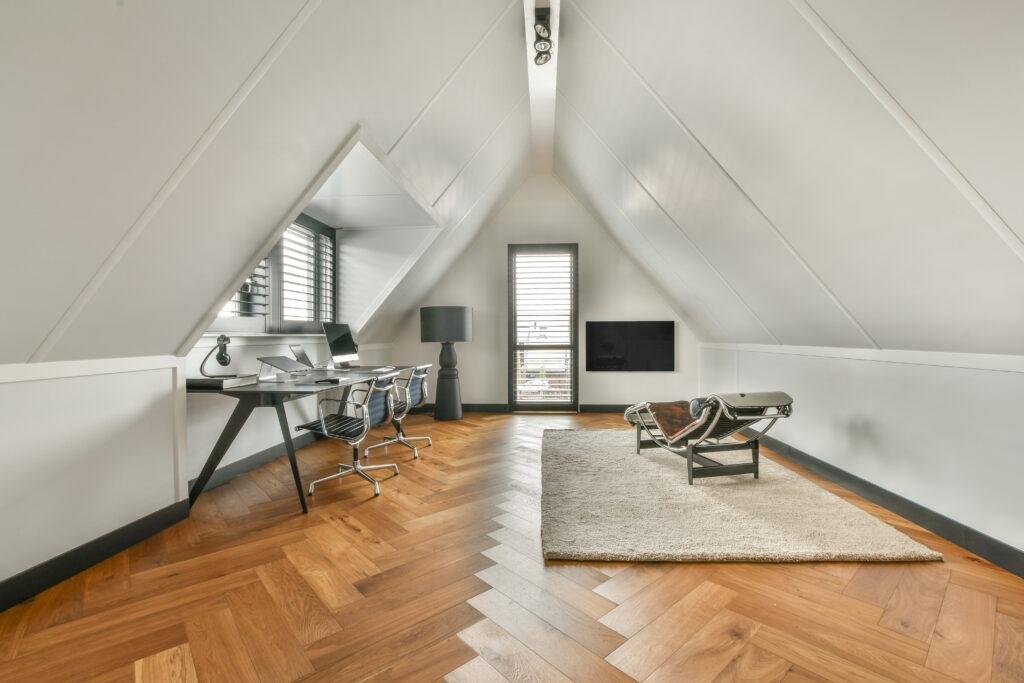Incorporating a bidet plumbing setup for a new bathroom can elevate your homes comfort and hygiene. For homeowners and real estate developers, understanding the process is crucial for ensuring a seamless integration. Whether you’re building a new home or upgrading your current space, a well-planned bidet installation can enhance your bathroom’s functionality and value.

Why Consider a Bidet?
A bidet offers numerous benefits beyond traditional bathroom fixtures. It promotes better hygiene, reduces toilet paper usage, and can be an eco-friendly addition to your home. With growing awareness about sustainable living, many homeowners are opting for bidets to support a greener lifestyle.
Understanding Bidet Types
Before diving into the plumbing setup, its essential to choose the right type of bidet for your bathroom. There are primarily three types: standalone bidets, bidet toilet seats, and handheld bidet sprayers. Each type requires a different approach to installation and plumbing.
Standalone Bidets
These are separate fixtures installed next to the toilet. They require additional space and plumbing connections similar to a sink.
Bidet Toilet Seats
These replace your existing toilet seat and are a popular choice for those with limited bathroom space. They typically require a nearby electrical outlet.
Handheld Bidet Sprayers
These are easy to install and budget-friendly. They attach to your existing toilet’s water supply and do not require additional plumbing.
Planning Your Bidet Plumbing Setup
When planning a bidet plumbing setup for a new bathroom, consider the layout, water supply, and drainage needs. Proper planning ensures efficient use of resources and prevents future problems.
Assessing Bathroom Space
Evaluate your bathroom’s layout to determine the best position for your bidet. Consider the proximity to the toilet and access to water lines. For more spacious bathrooms, a standalone bidet might be suitable, while smaller spaces benefit from bidet seats or sprayers.
Water Supply Considerations
Access to a reliable water supply is crucial for bidet functionality. Ensure that your bathroom’s plumbing can accommodate the additional water usage. For comprehensive guidance on water supply lines, visit our water supply guide.
Drainage Requirements
Standalone bidets require dedicated drainage similar to a sink. Ensure that your bathroom’s drainage system can handle the added load. For new constructions, exploring drainage solutions is beneficial.
Installation Process
Installing a bidet may seem daunting, but with careful planning, it can be a straightforward process. Heres a general guide to get you started:
Gather Necessary Tools
Before starting, ensure you have the required tools: a wrench, plumbers tape, a screwdriver, and the bidet installation kit.
Shut Off Water Supply
Turn off the water supply to the bathroom to prevent leaks and water damage during installation.
Install the Bidet
Follow the manufacturers instructions for installing your chosen bidet type. Secure all connections tightly to prevent leaks. For bidet toilet seats, ensure the electrical outlet is accessible.
Test the Bidet
Once installed, turn the water supply back on and test the bidet for leaks and proper functionality. Adjust as necessary to ensure everything works smoothly.
Maintenance Tips
Regular maintenance ensures the longevity and efficiency of your bidet. Clean the fixture regularly and check for any leaks or plumbing issues. For additional plumbing maintenance tips, you can visit this comprehensive guide.
Cost Considerations
The cost of a bidet plumbing setup can vary based on the type of bidet and installation complexity. Budget for both the fixture and any potential plumbing modifications. Consulting with a professional plumber can provide accurate cost estimates and ensure quality installation.

FAQs
How much space is needed for a standalone bidet?
A standalone bidet requires space similar to a small sink. Ensure theres enough room for comfortable use and cleaning.
Can I install a bidet myself?
While some bidet installations can be DIY projects, its often recommended to consult a professional, especially for complex plumbing adjustments.
Are bidet sprayers easy to install?
Yes, handheld bidet sprayers are relatively easy to install and attach to your existing toilet water supply without significant plumbing changes.
This article contains affiliate links. We may earn a commission at no extra cost to you.


